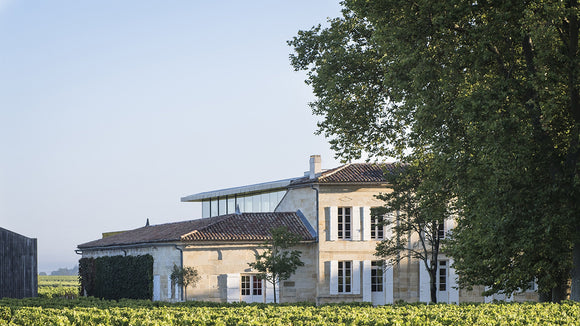Terroir
The 29 hectares of the Château La Dominique are located in the north-west of the Saint-Emilion appellation, on the edge of the AOC Pomerol, on a mosaic of soils: composed in the north of argilo-gravelly plateaux of Pomerol, blue clays, in the south of argilo-basementlimestone from Saint-Emilion.
To the north of the property, we find the argilo-gravelly plateaux of Pomerol on which cabernet-sauvignon were planted. These warmer terroirs, thanks to the presence of bass, promote the good maturity of this later grape variety, while clay brings density and concentration to the wines. In the south, the clay-limestone basements typical of Saint-Emilion and the famous blue clays, give tension, finesse and minerality to the merlots and cabernet-franc that were planted there.







